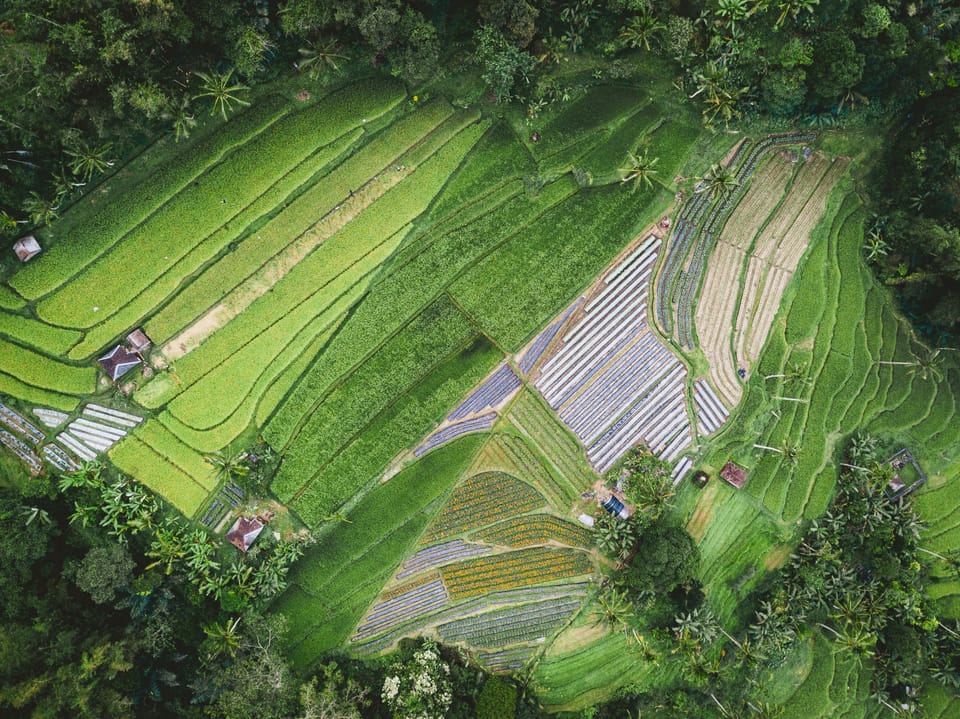Regenerative agriculture cut ADM’s emissions by more than 300,000 tonnes last year

Agricultural commodity trader ADM estimates that the implementation of regenerative agriculture across 2.8 million hectares reduced its Scope 3 emissions by 310,000 tonnes in 2023.
In addition to this carbon reduction, ADM’s regenerative agriculture projects also sequestered 263,700 tonnes of CO2. Based on this success, the company has now expanded its 2025 regenerative agriculture target from 4 million acres to 5 million acres.
The information, disclosed as part of ADM’s 2023 sustainability report, offers some insights around the decarbonisation potential of regenerative practices, which many food producers have pledged to implement as part of their climate transitions.
Putting a carbon value on this transformation could help strengthen the business case for it: despite a 15% to 25% return on investment within 10 years thanks to better water management and a reduction in inputs, a short-term profit dip means trade-offs are necessary.
Greenhouse gas emissions intensity is one of five metrics used to measure the impact of – and therefore monetise – regenerative agriculture practices as part of the Sustainable Markets Initiative Agribusiness Task Force, which has Bayer, Mars, Mondelez and PepsiCo as members (but not ADM).
Overall, ADM has reduced Scope 3 emissions by 7.7% since 2021, reaching 107.5 million tonnes of CO2 equivalent last year. Its goal is to achieve a 25% reduction by 2035 – a target that has been submitted for approval by the Science-Based Targets Initiative (SBTi).
ADM’s new zero land conversion and FLAG emissions targets
As part of its sustainability report, ADM also unveiled a new target to eliminate land use conversion in high-risk areas in South America for direct sourcing by 2025 – in addition to its existing zero deforestation goal for the same year. For indirect sourcing, the company has set a 2027 deadline.
Specifically, the areas included in ADM’s no-conversion policy are the Brazilian Amazon, the Brazilian Cerrado, the Pantanal, as well as the Paraguayan and Argentinian Chaco. These were determined as high risk in an assessment concluded last year.
Since setting its no-deforestation goal in 2022, ADM has verified that 75% of its supply chain is at low risk of deforestation, while 16% is fully deforestation-free. The company tracks progress by tracing and monitoring the supply chains of high-risk commodities such as palm oil (globally), as well as corn, soy and cotton in South America. Sourcing of other commodities from low-risk areas such as Europe and North America have been included in the “low risk” category.
ADM has been calculating food, land and agriculture (FLAG)-related emissions, estimated at 53 million tonnes in 2023, as well as land use emissions (33.8 million tonnes), and submitted an undisclosed FLAG target to the SBTi in Q1 2024.







Member discussion